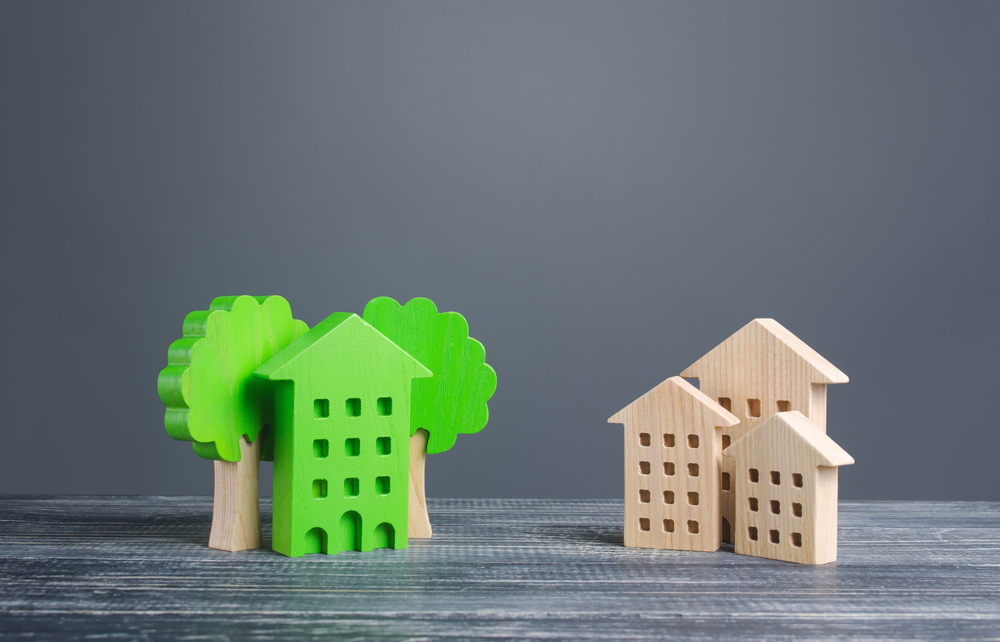A guide to living in a conservation areaA guide to living in a conservation area
Living in a conservation area means residing in a place deemed of special architectural or historical interest, the character or appearance of which it is desirable to preserve or enhance.

The designation as a conservation area is a testament to its unique contribution to heritage and culture. However, this designation also brings with it a specific set of planning controls designed to protect the distinctive characteristics of these areas. Here’s a detailed look at the rules that govern conservation areas to help residents and potential developers understand what is expected.
Understanding Conservation Areas
Conservation areas are designated by local planning authorities and exist across the UK, each with its unique character. From the Georgian terraces of Bath to the Victorian suburbs of London, these areas are key to maintaining the historical fabric of the region. The rules in these areas are more stringent than in non-designated areas to ensure any development or change maintains the aesthetic integrity of the area.
General Rules and Restrictions
Alterations to Exterior Features: In conservation areas Edinburgh, you usually need to apply for planning permission for changes that might usually be allowed elsewhere without permission. This includes changes to windows, doors, roofs, and even the color of paint used on the exterior of houses.
Demolition: Demolition of any building in a conservation area requires planning permission. Minor demolitions, like taking down a wall or a small part of the structure, also typically require approval unless specifically excluded by Article 4 Directions.
New Development: Any new development within a conservation area must respect the existing context and character. This doesn’t necessarily mean mimicking the old but does require a design that enhances the existing environment. High-quality modern architecture that reflects the area’s character in terms of scale, height, spacing, and materials may be acceptable.
Protected Trees: Trees in a conservation area that are above a certain size (usually with a trunk diameter of more than 75mm at a height of 1.5 metres) are protected. You must give the local planning authority six weeks’ notice before carrying out any work on such trees, giving them time to decide if a Tree Preservation Order (TPO) is necessary to prevent the work.
Satellite Dishes and Solar Panels: The installation of satellite dishes and solar panels may face restrictions to keep the visual impact on the streetscape to a minimum. These installations usually require planning permission and must be done in a way that does not detract from the character of the area.
Article 4 Directions
Article 4 Directions are legal tools used by local authorities to further restrict the scope of permitted development rights within a conservation area. These directions can cover a range of development activities from alterations to doors and windows to the erection of boundary walls and fences. If your property is subject to an Article 4 Direction, you may need to seek planning permission for work that normally wouldn’t require it, reinforcing the control over changes that could affect the character of the area.